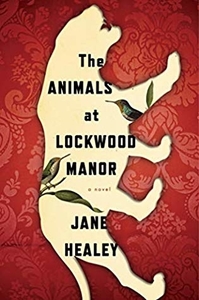Buy this from Bookshop.org to support local bookstores and the Lesbrary! Thirst by Marina Yuszczuk, originally published in 2020 and translated this year by Heather Cleary, is a dramatic and lushly gothic novel about two women who a string of circumstances going back over a century bring together in modern day Buenos Aires. Yuszczuk revelsRead More
All The Pretty Girls Read Sapphic Stories: More Readalikes for Reneé Rapp’s Snow Angel
If you have Reneé Rapp’s album Snow Angel playing on repeat, these are the sapphic books you need to read! Pick up the one that matches your favorite song, or get the whole stack if it’s too hard to pick. You can get a copy of any of these titles from your local bookstore orRead More
Carmella reviews The Confessions of Frannie Langton by Sara Collins
“How can I confess what I don’t believe I’ve done?” It’s 1826, and Frannie Langton is standing trial for the murder of her employers, the Benhams. She can’t remember a thing from that night, but she’s certain she didn’t do it – because she was in love with Mrs Benham. As she awaits sentencing, FrannieRead More
Carmella reviews The Animals at Lockwood Manor by Jane Healey
The Animals at Lockwood Manor is an atmospheric gothic novel from debut author Jane Healey. Set during World War II in an English country house, it contains all the genre’s staples – supernatural disturbances, hidden rooms, spooky dreams, dark family secrets – along with a good helping of sapphic romance. If you’ve ever read JaneRead More

